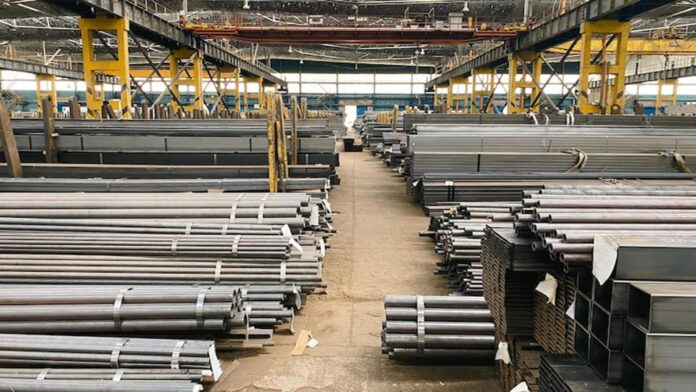With US President Donald Trump’s latest announcement to substantially raise tariffs on steel and aluminum imports, cancelling exemptions and duty-free quotas for major suppliers like Canada, Brazil, the European Union (EU), Mexico, South Korea, Japan, Argentina, Australia, and Ukraine, ICRA said, the domestic steel industry is facing fresh challenges while also eyeing opportunities. On February 11, 2025, the US withdrew all country-specific duty exemptions on steel imports given under Section 232 of the Trade and Expansion Act of 1962, with effect from March 12, 2025. Per this, all preferential market access given in the form of tariff waivers or tariff exemption volume quotas to these countries will be removed.
The exemptions had enabled these select countries to garner around 75-80 per cent of the US steel import basket in recent years. However, effective March 12, 2025, all steel imports by the US will be treated on an equal footing, as the 25 per cent tariff levied on steel (under Section 232) becomes uniformly applicable to all countries.
ALSO READPM: Working to increase refining capacity by 20%
Girishkumar Kadam, Senior Vice-President & Group Head, Corporate Sector Ratings, ICRA, said, “The US typically imports 28-30 million tonnes of steel annually, of which 77-82 per cent is in the form of finished steel items, and the balance in the form of semis. The latest tariff measure will be impacting around 6-7 per cent of global steel trade flows, as over the coming months, they adjust to the shifting market dynamics. With around a quarter of USA’s finished steel demand being met through imports, which implies a large domestic deficit, the process of import substitution can only happen gradually over several years, in our view.” Therefore, he added, the US will continue to import steel in the foreseeable future, and in the near term, these restrictive measures are likely to have a material upward pressure on its domestic steel prices.
Also Read Reciprocal tariffs call for reciprocal strategies: How will India be impacted? Will PM Modi succeed in striking a deal with the US? US tariffs may increase steel dumping: India Inc Exports of drugs and steel to US may face tariff walls soon Trump’s Tariff Threat on BRICS Nations: What India is doing to navigate the trade storm? » Read More


